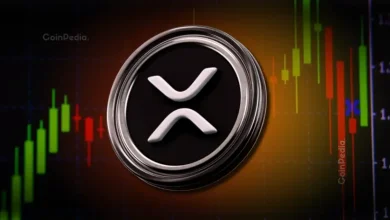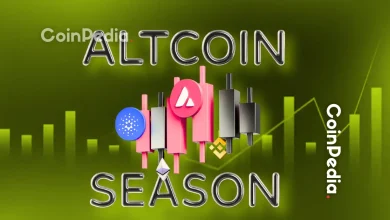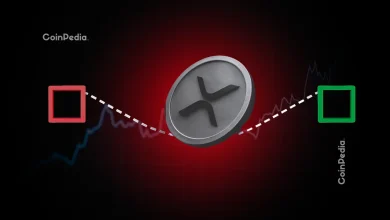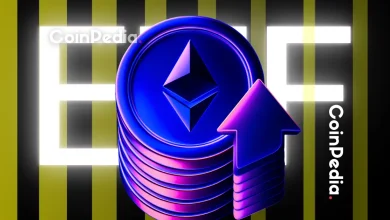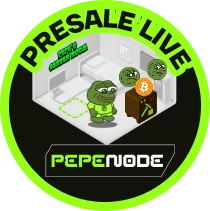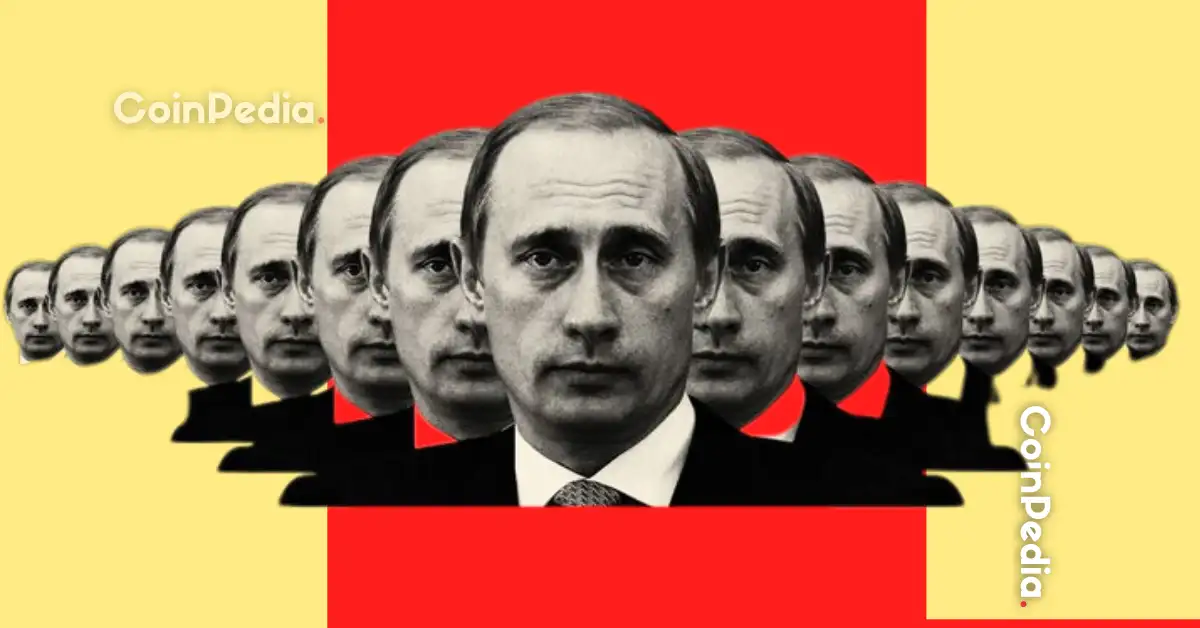
Russia’s ruble-backed A7A5 stablecoin has processed over $6 billion in transactions despite U.S. sanctions.
The token, used for cross-border payments, is backed by Russian banks and government-linked firms.
A7A5’s growth highlights Moscow’s push to bypass Western financial restrictions through blockchain.
Russia’s latest blockchain experiment is making headlines.
The ruble-backed A7A5 stablecoin has reportedly moved over $6 billion in cross-border transactions since August – even after U.S. sanctions hit several of its operators. The project, which now holds official recognition under Russian law, shows how Moscow is using crypto to keep trade flowing despite Western restrictions.
Russia Gives A7A5 a Legal Green Light
A7A5 is the first stablecoin officially recognized as a Digital Financial Asset (DFA) in Russia. This means Russian companies can now use it for international trade settlements. The token is backed one-to-one by rubles held at Promsvyazbank, a state-owned lender already under U.S. and U.K. sanctions.
Minted earlier this year in Kyrgyzstan by a company called Old Vector, A7A5 runs on Tron and Ethereum blockchains. Its market cap already exceeds ₽41 billion (around $500 million).
Project head Leonid Shumakov called it “a convenient and effective tool for cross-border settlements using blockchain,” saying it could bring “positive effects for individuals, companies, and the economy as a whole.”
Re-Minting After Sanctions
The stablecoin’s rapid growth hasn’t come without controversy.
In August, U.S. regulators sanctioned the Grinex exchange, saying it was a successor to the blacklisted Garantex, known for handling illicit transactions.
Just after the sanctions, A7A5’s operators destroyed more than 80% of its supply linked to Grinex wallets and reissued the same value to new addresses using a function called “destroyBlackFunds.” Blockchain data shows that this move effectively erased transaction history tied to sanctioned wallets.
The new address, labeled “TNpJj,” has since processed over $6.1 billion worth of A7A5 transactions, according to the Financial Times.
The coin’s activity pattern still matches that of older wallets, operating mainly during Moscow business hours.
A Sanctioned Coin on a Global Stage
Despite the sanctions, A7A5 even managed to appear as a sponsor at Singapore’s Token2049 conference. The event’s Hong Kong organizers were not bound by Singapore’s sanctions, allowing A7A5 to initially participate.
However, after media reports, all references to the stablecoin were quickly removed from the official site.
Russia’s Bigger Crypto Push
Russia’s Central Bank is planning a nationwide crypto audit in 2026 to study digital holdings, derivatives, and cross-border activity. The move signals that Moscow wants to build a new framework around digital assets to support trade under pressure.
The A7A5 story is a clear sign of how blockchain is becoming part of Russia’s financial strategy, giving the country new ways to move money when traditional systems are closed.
Never Miss a Beat in the Crypto World!
Stay ahead with breaking news, expert analysis, and real-time updates on the latest trends in Bitcoin, altcoins, DeFi, NFTs, and more.
FAQs
A7A5 is a ruble-backed stablecoin recognized under Russian law as a Digital Financial Asset. It is used for cross-border trade and runs on Ethereum and Tron.
A7A5 is backed 1:1 by rubles held at Promsvyazbank, ensuring its peg to the national currency. This makes it useful for trade but also exposes it to sanctions risks.
Since August, A7A5 wallets have handled over $6 billion in transactions. Most activity occurs during Moscow business hours, suggesting strong ties to Russian trade flows.
A7A5 highlights Russia’s push to use blockchain for sanctioned trade. Alongside plans for a 2026 crypto audit, it shows Moscow is building alternatives to global payment rails.
Trust with CoinPedia:
CoinPedia has been delivering accurate and timely cryptocurrency and blockchain updates since 2017. All content is created by our expert panel of analysts and journalists, following strict Editorial Guidelines based on E-E-A-T (Experience, Expertise, Authoritativeness, Trustworthiness). Every article is fact-checked against reputable sources to ensure accuracy, transparency, and reliability. Our review policy guarantees unbiased evaluations when recommending exchanges, platforms, or tools. We strive to provide timely updates about everything crypto & blockchain, right from startups to industry majors.
Investment Disclaimer:
All opinions and insights shared represent the author's own views on current market conditions. Please do your own research before making investment decisions. Neither the writer nor the publication assumes responsibility for your financial choices.
Sponsored and Advertisements:
Sponsored content and affiliate links may appear on our site. Advertisements are marked clearly, and our editorial content remains entirely independent from our ad partners.

